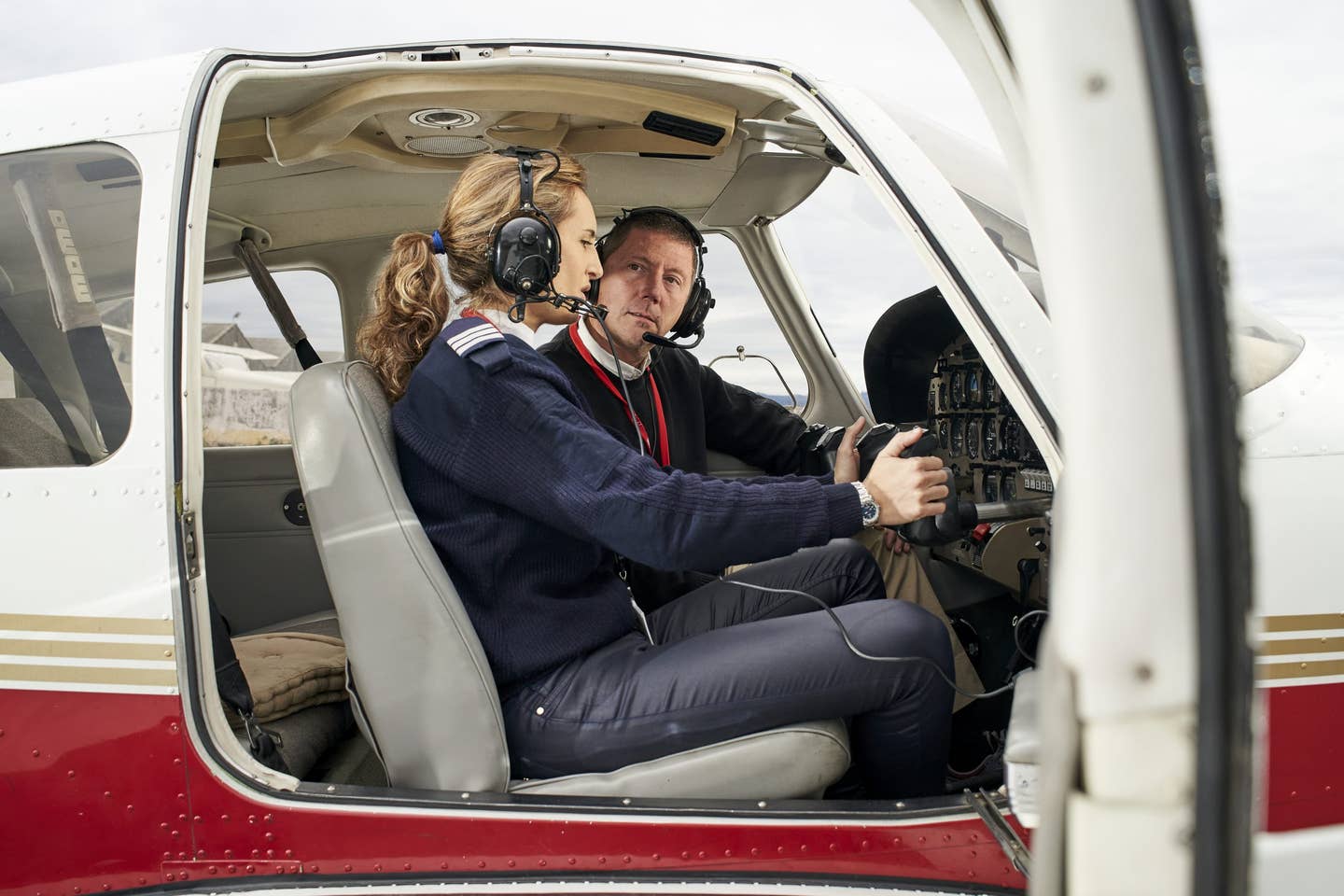
The new airman certification standards for flight instructors do not yet have a release date. Adobe Stock
Teaching people to fly should incorporate risk management, yet currently the test standards for CFIs do not contain a mechanism for evaluating the applicant’s judgement toward risk.
This will change with the release of the airman certification standards for CFIs, a document currently in development. The date for the release has not been set; however, last month the FAA held a meeting with the ACS working group made up of stakeholders in the aviation training industry.
During the meeting, the FAA noted that in the absence of an ACS, applicants should be tested using the practical test standards (PTS) for the certificate or rating they seek.
ACS vs PTS
“The big difference between the ACS and the PTS is that the ACS contains tools to evaluate the applicant’s judgement,” says David St. George, executive director of the Society of Aviation and Flight Educators (SAFE). They, along with the National Association of Flight Instructors (NAFI), are carefully watching the development of the ACS for instructors.
Also a designated pilot examiner (DPE), St. George has seen his share of pilots who had the skills and knowledge required to fly an aircraft, but perhaps did not understand the risks involved and therefore had questionable judgement.
“They had the skill, they had the knowledge, but it was very apparent that the applicant had no judgement when it came to evaluating risks,” he said. “The ACS gave the examiners the ability to evaluate the applicant’s judgement.”
The FAA’s FAQs on the change from PTS to ACS notes the latter “enhances safety by using the risk management section in each ACS Area of Operation to translate special emphasis items and abstract terms like ‘aeronautical decision-making’ into specific behaviors relevant to each task.”
Scenarios for Evaluation
The change from PTS to ACS began in 2011 as the FAA revamped the knowledge tests for many pilot certificate levels, removing outdated and irrelevant questions. This process evolved to address the practical test, and in 2016, the ACS for the private pilot-airplane certificate was released.
Among the changes was the definition of slow flight as well as the way slow flight was performed (no more requirement to have the stall warning horn actuated during the entire maneuver). The ACS also saw the addition of scenario-based training—the idea being to create a situation where a pilot has to make a series of decisions to effect a positive outcome of the flight.
For example, the pilot might be faced with deteriorating weather during a cross-country flight. The pilot has a choice to:
- Press on to “beat the storm” to their destination
- Turn back to the airport they departed from
- Divert to another airport
The use of scenarios are important, says St. George, because of the nature of aviation.
“The private pilot certificate is good for the rest of your life, and you’re probably going to be flying outside the 50-mile quadrangle you trained in,” he said. “That’s why we have to put [learners] in places and situations they might encounter to see how they react. That is the judgement piece of the puzzle.
“For CFIs to be in a position to teach judgement—but not being evaluated on judgement because there is no judgement in the PTS—seems like a very serious disconnect.”
Applying the ACS
Part of the challenge, says Karen Kalishek, DPE and chair elect of NAFI, is that some CFIs and learners see reading the ACS or PTS as a chore, rather than a tool to be used to achieve success.
“I ask them, ‘Have you read the ACS?’ And the answer is, ‘I skimmed it,’” she said. “There are cases where both candidates or instructors have failed the checkrides because they are not familiar with ACS.”
According to Kalishek, it’s beneficial for both the learner and the CFI to integrate the ACS in the training from the beginning of the training process.
“Not integrating the ACS from the beginning is like telling someone after a college course that there will be an exam on chapters 1-5, but the person never opened the book to read the chapters, but they did take notes,” she said.
“If the CFI incorporates the ACS into the training, it gives the learners an opportunity to ask questions so they know what they are being examined on.”
Kalishek agrees with St. George that it is a disconnect to have CFIs teaching the learners judgement, when at this time, the CFIs are not being tested on it themselves; however, she adds, “Experienced flight instructors have generally recommended the risk component of the tasks in the ACS to raise the safety bar.”
In addition to adding risk assessment tools, the ACS for CFIs will eliminate irrelevant tasks and enhance the testing and training process by clearly answering the question why the learner needs to know the task, or have the knowledge or skill.

Sign-up for newsletters & special offers!
Get the latest FLYING stories & special offers delivered directly to your inbox






